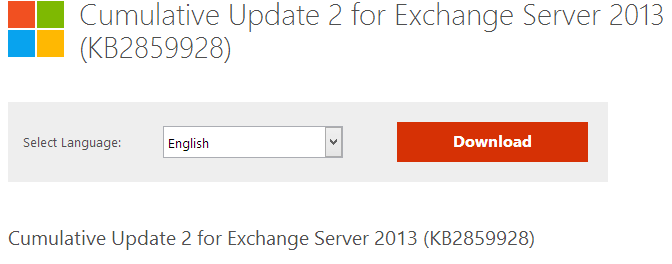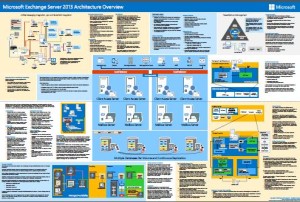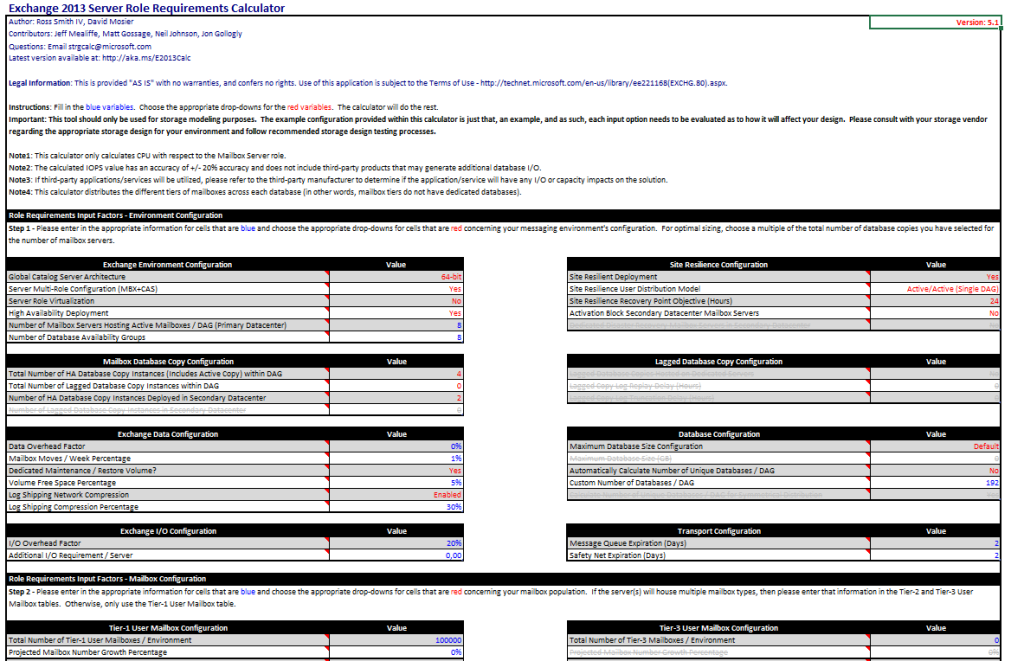Microsoft released document contains high-level guidance for properly scaling and deploying a multi-tenant Microsoft Exchange Server 2013 solution.
It includes details of testing performed in Microsoft labs to validate the scalability of the product and suggests methods that can be used during the design and deployment process to mitigate potential risks associated with such solutions.
You can download it here:






 English
English  polski
polski